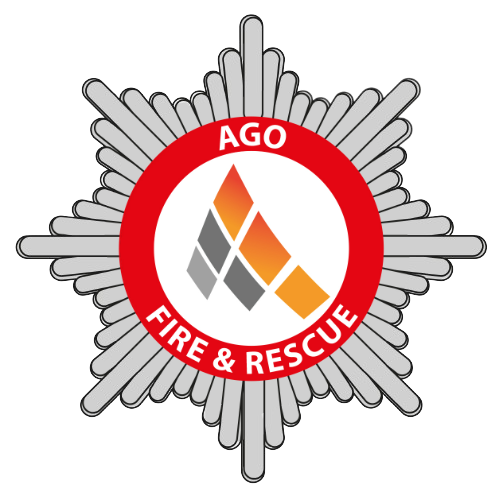Confined Space Rescue
Confined Space Rescue
Of all the fatalities that occur annually, within confined spaces in the UK, 65% are would-be rescuers so it is essential that trained and competent rescue teams are used. This is not only to ensure your full compliance with Regulation 5 of the Confined Space Regulations – but to save lives!
We provide the perfect solution to this mandatory legal requirement as our confined space rescue teams are all members of the UK Fire & Rescue Service. All our team members are trained and competent with many members being USAR trained, whilst others operate from various Rescue Units within their Fire & Rescue organisation.
We are highly experienced in:
What is Regulation 5 of the Confined Space Regulations?
Regulation 5 of the ‘Confined Spaces Regulations 1997’ states:
“You must make suitable arrangements for emergency rescue which will depend on the nature of the confined space, the risks identified and the likely nature of an emergency rescue. You should not rely on public emergency services.”
What is a confined space?
A confined space is defined under the Confined Space Regulations 1997 as any place, including any chamber, tank, vat, silo, pit, trench, pipe, sewer, flue, well or other similar space in which, by virtue of its enclosed nature, there arises a reasonably foreseeable specified risk.
